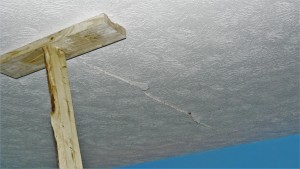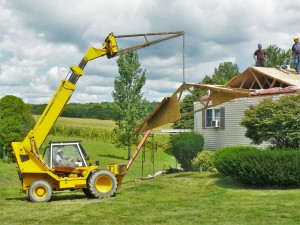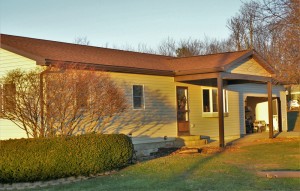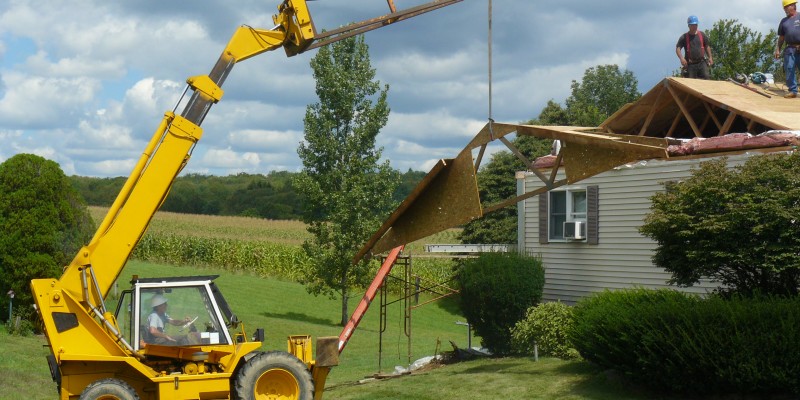RPBI received a call from a homeowner asking for help to resolve ceiling cracks and water damage in their home. The homeowners stated they had spoken to other contractors and were told that the roof trusses had failed. To correct the problem the owners would have to move out of their home due to the extensive demolition to the roof and ceiling system. Of course this information was troubling and perhaps even frightening to the owners.
RPBI examined the attic and home. Yes, the roof trusses, now 10 years old and out of warranty, were failing which in turn caused roof leaks that penetrated the ceiling of the living spaces. The shingles, roof deck and roof truss system would all have to be replaced.

To the homeowners surprise RPBI informed the owners they could stay in their home during the renovation. Not because the problem was less severe than previously stated; but because RPBI has the knowledge and experience to develop a repair process that did not remove any of the existing trusses.
In this home as is the case in truss roof construction, the ceiling is attached to the trusses. Electrical wires running through the attic from the electric service along their respective circuits fed power to the entire home. If you remove the roofing materials and trusses, you have to remove the ceilings, insulation, electrical wiring, plumbing vents and on and on. Essentially you open the up the entire structure and must protect it from weather and debris. Imagine the cost and time to perform this work.
RPBI was contracted to perform the repair without removing any trusses from the roof. Yes, a portion of the electric had to be temporarily routed through a trough attached to the outside of the structure. It was placed up against the overhang and protected from weather. Most of the electric and all plumbing vents, air ducts, etc. all remained in-place.

RPBI removed just enough roofing material and sheeting to expose two to three trusses at a time. Brand new trusses were set on new plates adjacent to the existing failed trusses. The trusses were attached to each other and the small amount of disturbed insulation was put back in-place. Roof sheeting and tarping was applied on the trusses to make it temporarily weather tight. The process repeated itself across the entire roof deck from one end of the home to the other.
When the truss replacement was complete; electric was restored, a new shingle roof was applied and the ceiling cracks were repaired.
The cost savings from this approach enabled the owners to replace the siding on the home and have a new roof built over the entrance to the home.
Please view our images of the work on this home.


